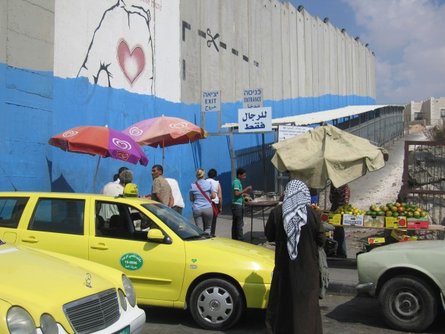
Recent years have seen private citizens flocking to their city centres in order to protest against abuses and violence, to call for more or better forms of justice and democracy, to make their rights and wishes apparent. Tahrir Square, Gezi Park, Place de Republique have become synonymous with public demonstrations in Cairo, Istanbul and Paris. Much has been written about the importance of mobile phones and social networking in forming these events, yet along with effective means of communication, occupying urban space was equally necessary and significant. Without dwelling upon the success or failure of such movements, ‘being in the place’ was a way of establishing civic participation.
To better understand the wider background of such events, I would like to make two observations: first of all, conflicts across the world are becoming increasingly pervasive and complex. In the words of the International Crisis Group’s Jean-Marie Guéhenno, they are more ‘fragmented’. Rarely are today’s conflicts declared wars with clear beginnings and ends; increasingly, they take the form of prolonged strife with intermittent periods of violence and of relative peace. Many are deeply embedded in ethno-national and religious hostilities as well as economic inequality and class tensions.
Links
Resource collections
- ALNAP focus topics
- Locally led humanitarian action
- UN Habitat - Urban Response Collection
- Urban Response - Urban Crisis Preparedness and Risk Reduction
- Urban Response Collection - Community Engagement and Social Cohesion
- Urban Response Collection - Economic Recovery
- Urban Response Collection - Environment and Climate Change
- Urban Response Collection - Housing, Land and Property
- Urban Response Collection - Urban Crisis Response, Recovery and Reconstruction
- Urban Response Collection - Urban Resilience